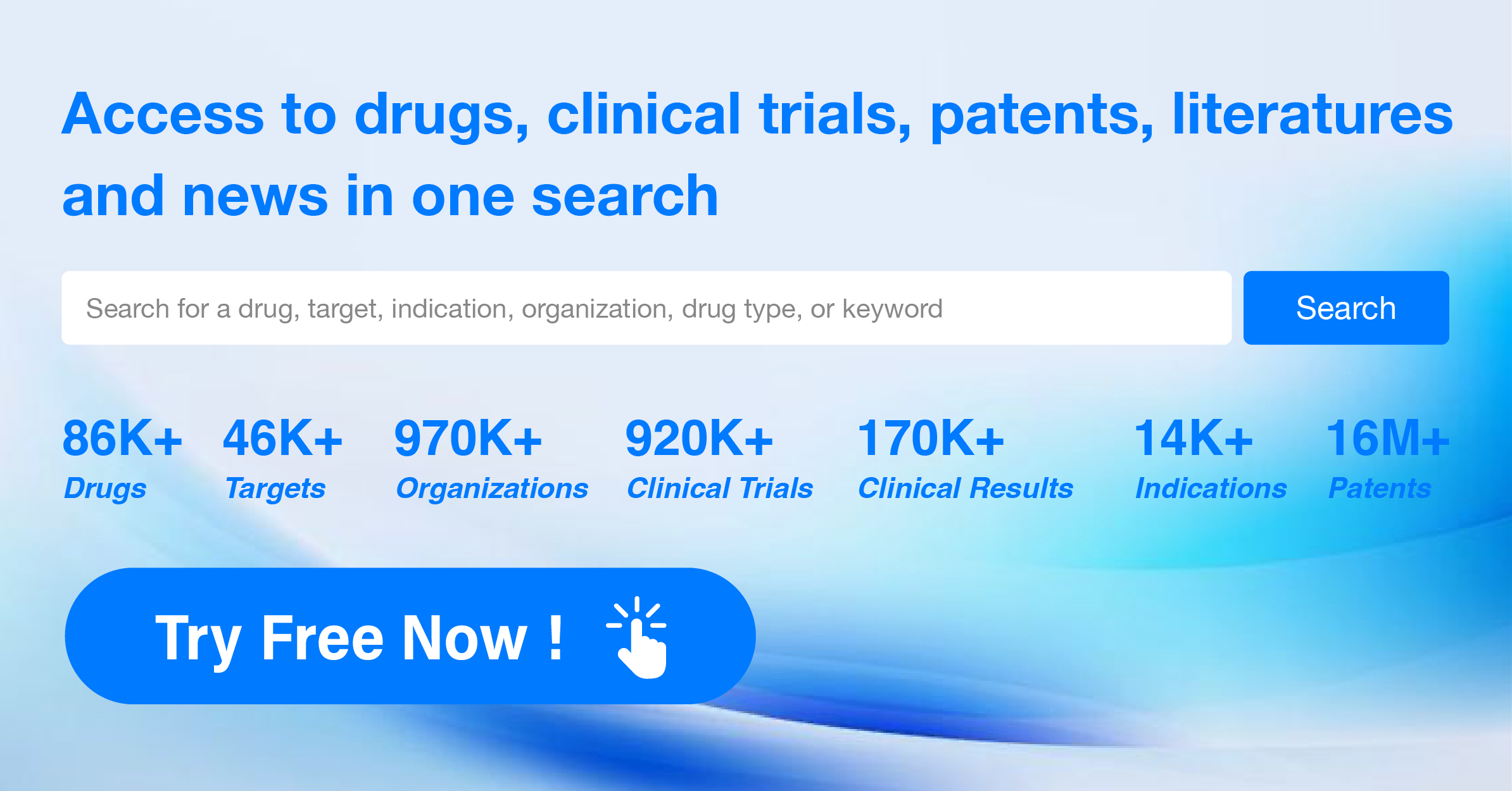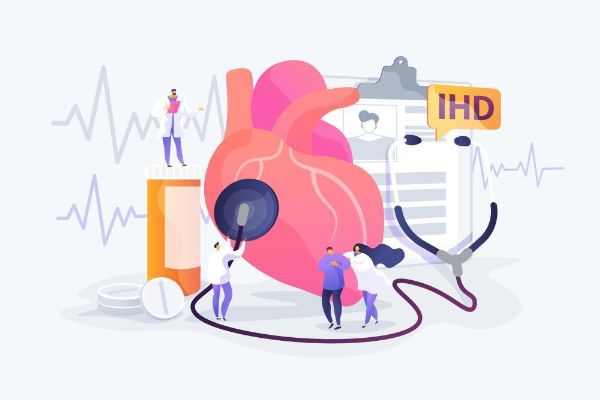What are the characteristics of seamless Phase I/II clinical trials?
Seamless Phase I/II clinical trials are a type of clinical trial design that combines elements of both Phase I and Phase II trials into a single study. Here are some of the key characteristics of seamless Phase I/II clinical trials:
·Efficiency: By integrating Phase I (safety and dosage finding) and Phase II (efficacy and side effects) trials, seamless designs can streamline the clinical development process and reduce the time to complete both phases.
·Adaptability: These trials can be adapted based on ongoing data collection, allowing for modifications such as changes in dosage, patient population, or endpoints as the trial progresses.
·Flexibility: The design offers flexibility in decision-making, enabling sponsors to decide whether to proceed to later phases based on interim data analysis.
·Patient Enrollment: Seamless trials may enroll different groups of patients for Phase I and II. Phase I typically involves healthy volunteers, while Phase II includes patients with the condition being studied.
·Risk Management: Early identification of safety concerns can help manage risks more effectively and inform decisions about the drug's development.
·Statistical Considerations: Seamless designs require sophisticated statistical planning to ensure the integrity of the trial results and to account for the multiple decision points and potential adaptations.
·Resource Optimization: By potentially reducing the number of failed trials, seamless trials can optimize the use of resources, including time, money, and patient access.
·Rapid Decision-Making: Decisions on whether to continue or discontinue certain arms of the trial can be made more rapidly based on interim analyses.
·Ethical Considerations: Ethical issues must be carefully considered, particularly regarding patient safety and the need for informed consent when trial designs or objectives change.
·Regulatory Approval: Such trials must be approved by regulatory authorities and must comply with all relevant regulations and guidelines throughout the trial process.
·Multi-Arm Trials: Seamless trials often include multiple treatment arms and may incorporate control groups to compare different dosages or treatment regimens.
·Biomarker Integration: They may incorporate biomarker analysis to identify patient subsets that are more likely to respond to treatment, a strategy known as enrichment.
·Interim Analysis: These trials often include one or more interim analyses to evaluate the safety and efficacy of the treatment at various stages.
·Sample Size Considerations: The sample size for seamless trials must be calculated to accommodate the dual objectives of establishing safety and preliminary efficacy.
Seamless Phase I/II clinical trials are particularly useful in situations where a rapid assessment of both the safety and efficacy of a new drug is desired, such as in the development of treatments for life-threatening diseases or in conditions where there is a high unmet medical need.




